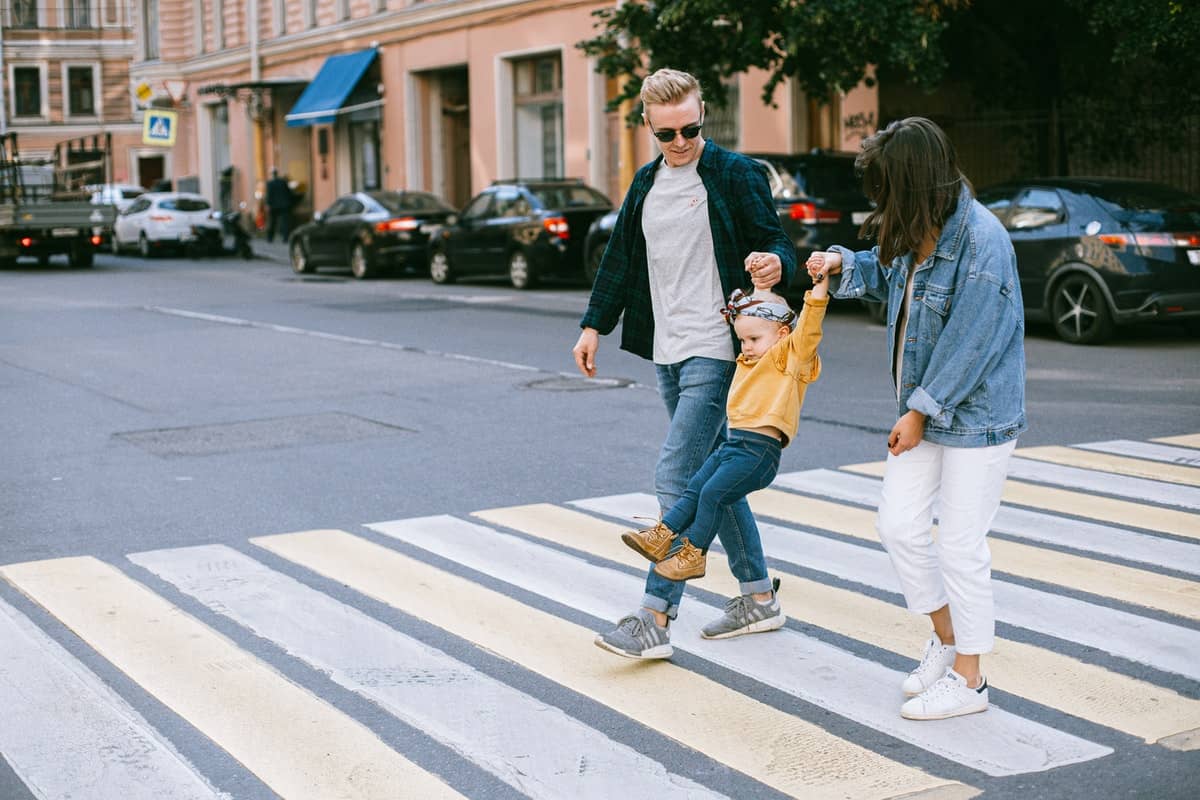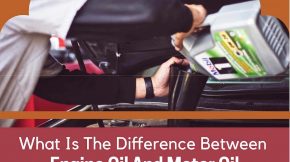5 Ways Your City Can Make the Roads Safer
Share

Strict DUI Enforcement & Prevention
Drunk drivers kill approximately 30 people each day. Lowering the incidence of drunk driving can go a long way toward making your city’s streets and roads safer. Everything from targeted enforcement to free taxi rides has been successful in reducing drunk driving, so there are plenty of case studies that your city can consider.
Improved Visibility
Visibility is key to safe driving. When roads are obscured by rain, fog, snow or darkness, it makes conditions much more dangerous. Cities can install additional high-efficiency lights to illuminate dark or persistently foggy areas, helping drivers see each other and the driving lanes. In some areas, very foggy areas have been marked with thicker, wider stripes to help drivers maintain the appropriate lane position.
Innovative Intersections
The standard four-way intersection isn’t what it used to be. Fed up with backlogged traffic, many cities are implementing roundabouts and crossovers that help move traffic more efficiently through intersections. The cost of construction depends on local circumstances, but the results are undeniable.
Creating Snow Routes
The most important thing cities can do during a heavy snow event is to treat the main roadways. Unfortunately, those roads are often clogged with cars parallel parked along the way, making it difficult for snow to be moved off the road. By designating certain streets and roads as designated snow routes, parking can be curtailed during winter emergencies, reducing the difficulty of plowing main roads.
Synchronized Stoplights
There is nothing worse than a long wait for a green light that only lets you creep forward a short distance before you hit another red light. Traffic control systems are computerized today, so cities can synchronize lights to create a sequential “greening” that minimizes stops. This cuts back on impatient drivers running red lights, leading to fewer accidents. As a bonus, it also cuts fuel consumption by reducing the number of stops and starts for each car.
Roads are carefully engineered for maximum safety, but not every factor can be anticipated. In time, driver behavior can lead to problems on even the best-designed roads. At that point, cities can make adjustments to reduce the incidence of crashes. Many of the changes are fairly simple and inexpensive, yielding a strong return on the investment.
























